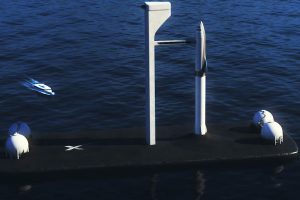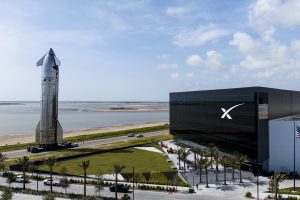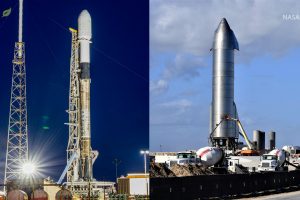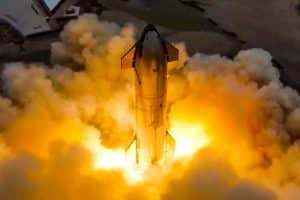SpaceX has taken Starbase’s rocket-catching launch tower ‘arms’ to new heights during the latest series of proof tests.
That process began in earnest on January 4th, when SpaceX lifted, opened, and swung the tower’s building-sized arms for the first time. Four days later, SpaceX performed a variation on the first round of tests, again slowly lifting the assembly up the side of the launch tower and opening and closing the arms. The most notable difference was the addition of a pair of tandem swing tests, which hinted at more applied tests that were soon to come. While subtle, SpaceX also performed some basic tests with a third Starship fueling arm higher up on the tower, very slowly swinging it towards where Starship would be standing.
On Sunday afternoon, a third major round of testing kicked off. This set of tests was considerably more focused than the prior two, suggesting that it was more of a simulation of the main purpose of the arms.
Instead of lifting a few dozen feet and performing basic actuation and coordination tests, SpaceX simply lifted the arm assembly up along the tower’s exterior and didn’t stop. There were a few temporary pauses but the arms ultimately reached the approximate height they’d need to reach to stack a Starship on top of a Super Heavy booster. In fact, despite being (in)famous for being partially designed to catch boosters and ships out of mid-air, the main purpose of the arms – and likely the only reason they exist at all – is to safely, accurately, and precisely lift, install, and stack Starships and Super Heavy boosters.
SpaceX could obviously use a giant crawler or tower crane to accomplish a similar feat but cranes – especially large and tall ones – are extremely sensitive to wind conditions and effectively become very unsafe to operate in anything more than a brisk breeze. To put it lightly, even the average weather on the South Texas Gulf Coast is anything but conducive to the routine and reliable operation of giant cranes, which is exactly what SpaceX would need to avoid near-future Starship launch and recovery operations being constantly delayed by weather.
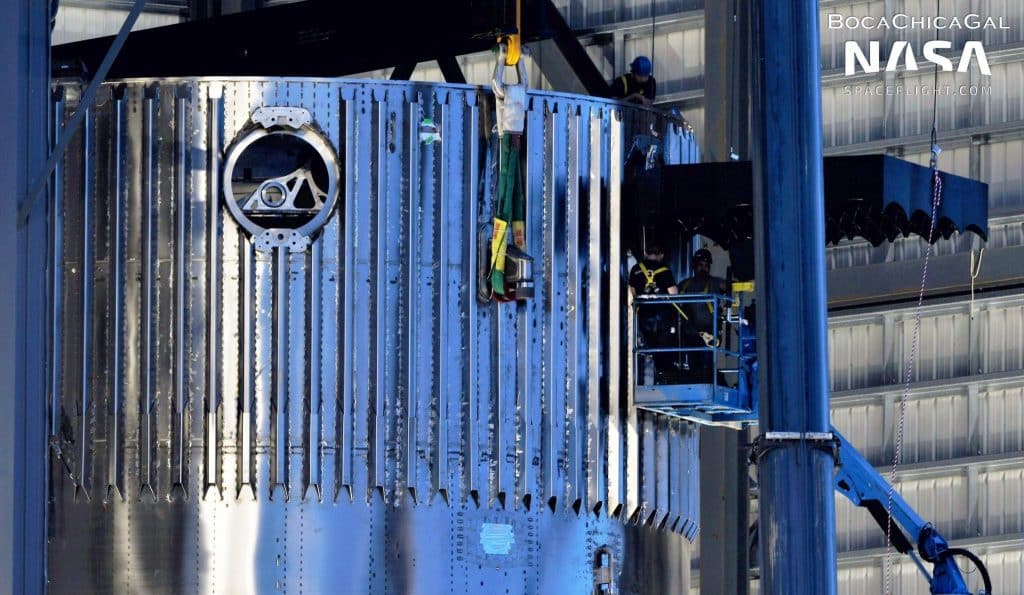
On January 9th, SpaceX appeared to test exactly that function. Before the day’s testing began, workers installed a large steel bar believed to be a weight simulator between the arms. Just like a booster would, the simulator sat – one end resting on both arms – on two small steel appendages identical to those present on all recent Super Heavy prototypes. On top of serving as a hardpoint for cranes, the downward-facing end of the L-shaped structures are capped with a small steel tip designed to take the whole weight of a Super Heavy. Those two minuscule steel caps – each no more than a foot wide – are what SpaceX (or at least CEO Elon Musk) wants Super Heavy to ‘land’ on to be “caught” by the launch tower’s arms.
More importantly, those caps – covering heavy-duty bearings – are also what the arms will ‘grab’ and manipulate to carefully position Super Heavy boosters for launch mount installation. To do so, each arm has a pair of parallel screw rods that can move together to shift the booster closer to or further away from the launch tower or move in opposite directions to slightly rotate it.
Once the arms reached the top of the tower, SpaceX performed several swing tests, mirroring the kind of movements they would use to carefully lift Starship, swing it over top of Super Heavy, and mate the two stages. Ultimately, the tower seemed to complete the simulation without any showstopping issues. Up next, it’s possible that SpaceX will add weights to the simulator bar to fully simulate the 100-200 ton masses of Starship and Super Heavy. Eventually, SpaceX may also use Starship S20 and Super Heavy B4 to fully qualify the arms by actually lifting, stacking, and removing both stages.


